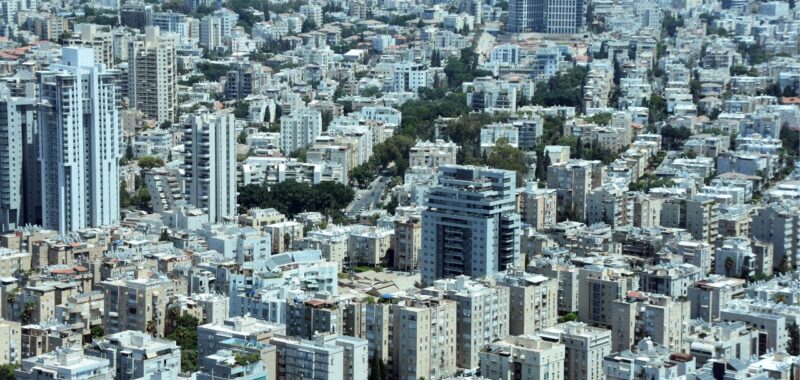“The rental market is shrinking, and it’s really at an alarming rate with the shortage of supply,” warns Tilly Gillan, Head of Property Services at MRE. As cities around the world grapple with increasing urban density, Ms Gillan’s observations highlight the growing crisis faced by renters, particularly in high-density urban areas. With more people flocking to cities, the challenges of managing this influx, without compromising quality of life, are more pressing than ever.
This September, industry experts from across the globe will gather in London and Paris for the Council on Tall Buildings and Urban Habitat (CTBUH) annual international conference, themed “New or Renew: Addressing the Density Dilemma.” The event will bring together over 1,300 professionals in architecture, urban planning, public policy, and more to explore innovative solutions to the challenges posed by rapidly densifying urban environments.
Understanding the density dilemma
At the heart of the conference lies the “density dilemma,” a term that encapsulates both the benefits and challenges of urbanisation. “Density can be perceived in various ways,” explains CTBUH CEO Javier Quintana de Uña. “For some, it conjures challenges associated with big cities and insufficient infrastructure. For others, it represents smarter tall buildings, efficient land use, vibrant urban environments, and the potential for sustainable living.”
Indeed, high-density urban areas can offer numerous advantages. They can lower the per capita cost of infrastructure and public services, promote the use of public transport, and reduce reliance on cars, thereby lowering greenhouse gas emissions. However, these benefits can only be realised if density is managed effectively. Poorly planned urban growth can lead to overcrowding, strained infrastructure, and a diminished quality of life.
Ms Gillan highlights the impact of these dynamics on the rental market, noting that traditional high-density areas are no longer the automatic choice for many. “We’re seeing a trend for people that traditionally would come and look in those high-density areas to now sort of look further out, expanding where those high-density areas are,” she explains. This shift is driven in part by affordability issues, as the cost of living in central urban areas continues to rise. “But this also impacts pricing as well. The rental market is shrinking, and it’s really at an alarming rate.”
Sustainable development
One of the key topics to be addressed at the CTBUH conference is the adaptive reuse of existing buildings—a strategy that preserves cultural heritage while meeting modern needs. Gwyn Richards, Planning and Development Director at the City of London Corporation, advocates for a “retrofit first, not retrofit only” approach. “Repurposing and retrofitting existing buildings is a key part of creating a pathway to sustainable urban regeneration,” says Ms Richards. The City of London, like many other major urban centres, faces the challenge of balancing heritage preservation with the need to create resilient, inclusive spaces for future generations.
Paris La Défense offers a compelling example of how high-density urban districts can incorporate sustainability into their design. Pierre-Yves Guice, CEO of Paris La Défense, points to the district’s green roofs, energy-efficient buildings, and extensive public transport networks as models for balancing urban density with environmental responsibility.
“Paris La Défense exemplifies sustainability through its inventive urban planning and architecture,” says Mr Guice.
“The district integrates eco-friendly technologies and initiatives to minimise its carbon footprint.”
Crafting liveable communities
Beyond sustainability, the conference will explore how cities can maintain or even improve residents’ quality of life amid increasing density. William Chilton, Principal at Pickard Chilton Architects, emphasised the importance of thoughtful urban design and community-oriented planning.
“We must ensure that high-density developments foster liveable, people-oriented communities that offer a high quality of life,” Chilton asserts. He believes that embracing context, scale, and purpose in urban design can transform dense environments into vibrant, connected communities.

